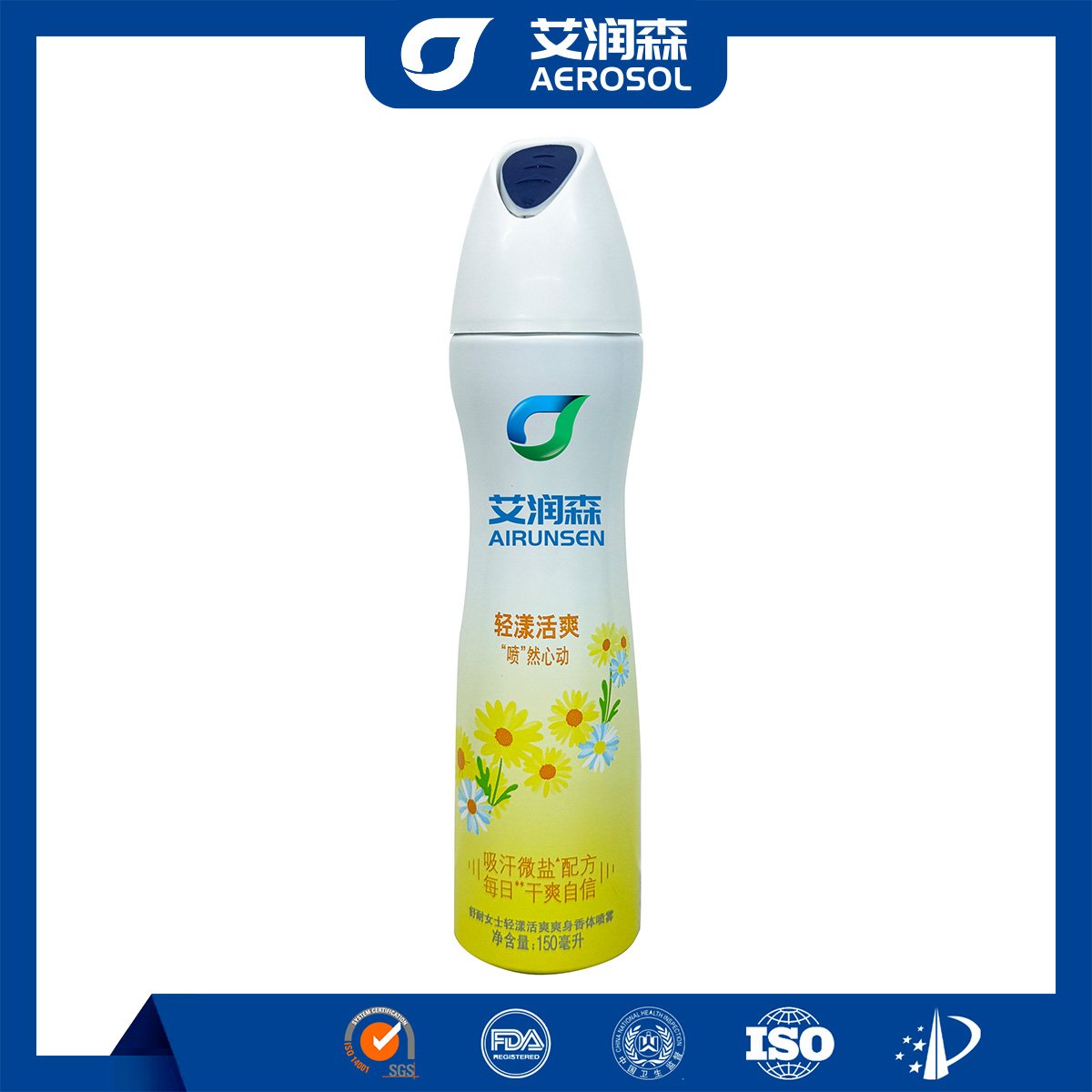Components of Aerosol Coolant System
- Coolant Agent: The core component is the coolant agent. Commonly, it contains substances like hydrofluorocarbons (HFCs), hydrochlorofluorocarbons (HCFCs), or hydrocarbons. For example, some aerosol coolant systems use 1,1 – dichloro – 1 – fluoroethane (HCFC – 141b), which has good cooling properties. Hydrocarbons such as propane or butane are also used in some systems. These substances have a low boiling point. When they are released from the aerosol can, they evaporate quickly, absorbing a large amount of heat in the process.
- Propellant: The propellant is another crucial part. It’s usually a compressed gas like nitrogen or carbon dioxide. The propellant provides the force to expel the coolant agent in an aerosol form. It enables the coolant to be sprayed evenly and over a certain distance. For instance, in a typical aerosol coolant spray can, the propellant pressure can range from 3 – 5 bar, ensuring a consistent and controlled spray pattern.
- Container and Nozzle: The container is made of materials such as metal or high – density plastic that can withstand the pressure of the propellant and coolant. The nozzle is designed to control the spray angle and droplet size. Some nozzles can be adjusted to produce a fine mist or a more concentrated jet, depending on the application requirements.
Efficacy of Aerosol Coolant System
- Rapid Cooling: The aerosol coolant system is highly effective in providing quick cooling. When the coolant is sprayed onto a hot surface, it evaporates almost instantaneously. This phase change from liquid to gas absorbs a significant amount of heat. For example, in electronics, it can reduce the temperature of overheated components by 30 – 50 degrees Celsius within seconds. This rapid cooling helps prevent damage to sensitive electronic parts such as CPUs, which can malfunction or get permanently damaged if they overheat.
- Precise Cooling: The ability to direct the spray through the nozzle allows for precise cooling of specific areas. In industrial machinery, it can be used to cool down hot spots on motors, bearings, or other mechanical parts. This precision cooling helps in maintaining the optimal operating temperature of equipment and reduces the risk of local overheating that could lead to premature wear and tear or even equipment failure.
- Versatile Cooling: It can be used in a wide range of applications. In addition to electronics and industrial machinery, it’s also useful in automotive applications for cooling brake components during heavy use. It can also be applied in metalworking processes to cool down tools and workpieces quickly, improving the quality of the machining operation and prolonging the life of the tools.
Advantages of Aerosol Coolant System
- Portability and Convenience: Aerosol coolant systems are usually packaged in small, easy – to – carry cans. This makes them highly portable and convenient to use. They can be stored in toolboxes, on workbenches, or in vehicles. For example, technicians can easily carry them to job sites and use them whenever needed to cool down equipment or components on – the – fly.
- Easy to Use: The operation of an aerosol coolant system is straightforward. There’s no need for complex installation or additional equipment. Users simply point the nozzle at the target area and press the spray button. This simplicity makes it accessible to both professionals and DIY enthusiasts. Even individuals with little technical knowledge can effectively use it to address overheating issues.
- Non – invasive Cooling: Unlike some other cooling methods that might require physical contact with the object through cooling pads or heat sinks, aerosol coolant systems can cool objects without any physical attachment. This non – invasive approach is beneficial in situations where attaching additional cooling devices is not possible or practical, such as in the case of hard – to – reach electronic components or moving machinery parts.



















